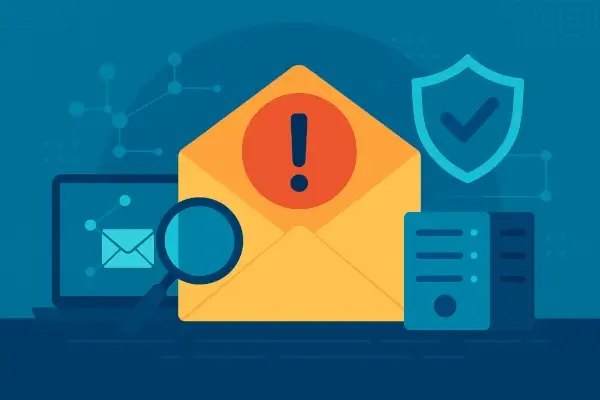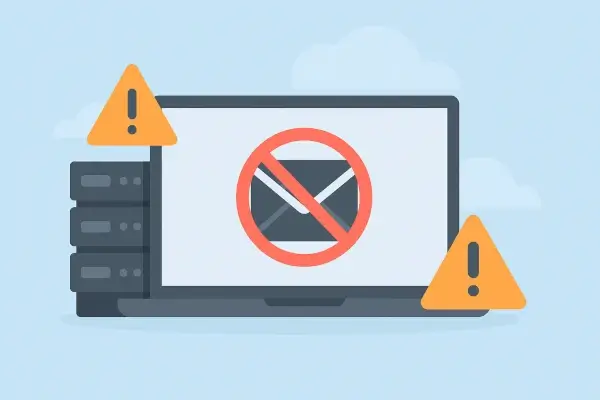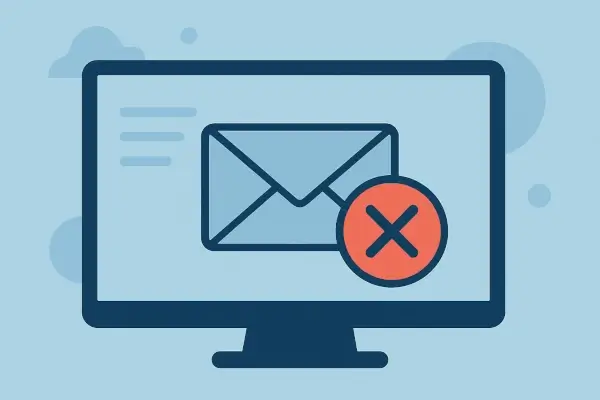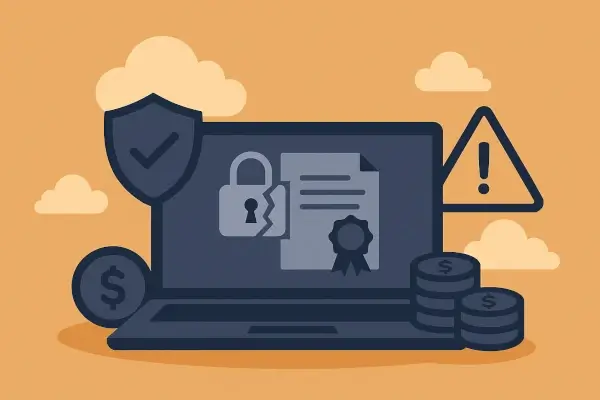Why Email Blacklist Monitoring Matters?
Posted on November 6th, 2025 by Simon Rodgers in Monitoring, Guides, Explainer
Email deliverability determines whether your messages reach inboxes or disappear without notice. When your domain or mail server appears on a blacklist, communication stops instantly, affecting customers, partners, and revenue.
Why Email Servers Get Blacklisted?
Posted on October 28th, 2025 by Simon Rodgers in Guides, Explainer
An email server gets blacklisted when it's identified as a potential source of spam, malware, or suspicious activity. Blacklists use automated systems and user reports to flag servers that violate mailing or security standards.
What Is an Email Blacklist?
Posted on October 21st, 2025 by Simon Rodgers in Guides, Explainer
An email blacklist is a database that lists IP addresses or domains suspected of sending spam or malicious emails. Mail servers use these lists to decide whether to deliver or reject incoming messages. Understanding how blacklists work is essential for keeping your messages deliverable and your domain reputation intact.
The Cost of Ignoring Expired SSL Certificates for Businesses
Posted on September 11th, 2025 by Simon Rodgers in Monitoring, Guides
SSL certificates secure the digital backbone of businesses. They encrypt data, protect customer trust, and ensure compliance with strict regulations. Yet many companies still face the cost of ignoring expired SSL certificates every year. When a certificate expires, the consequences hit hard: websites go offline, users see security warnings, and revenues drop. Let's break down the risks, costs, and ways to prevent expired SSL certificates from damaging your business.
Why SSL Certificate Verification Failed: All Causes, Fixes & Prevention
Posted on August 15th, 2025 by Simon Rodgers in Guides, Security
SSL Certificate Verification Failed errors are one of the most common and frustrating issues for developers, DevOps engineers, and system administrators. Whether you're building a Python application, running a Docker container, or managing a web server, this guide will help you:

 Copyright 2000-2025, WebSitePulse. All rights reserved.
Copyright 2000-2025, WebSitePulse. All rights reserved.